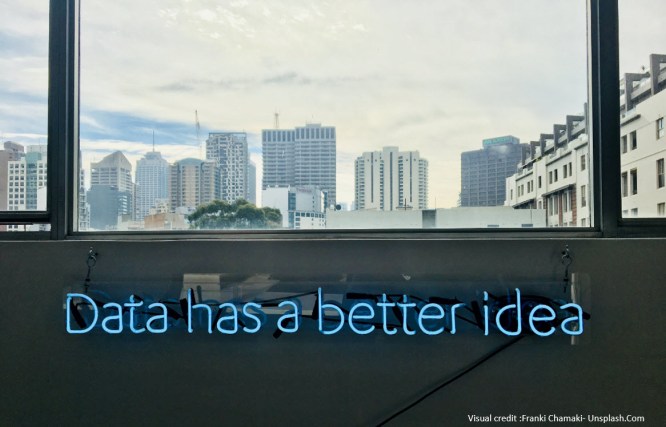
Siemens Smart Infrastructure Grid Edge Summit
Siemens Smart Infrastructure offers many different solutions to achieving this change at the energy grid edge. Recently, to amplify this, they have been holding a conference over two days entitled “the grid edge summit“.
You can still register here as the event is available for some time to view and explore. It would help in understanding their solutions if you visited their different energy topic areas. Here Siemens offers you a significant range of choices, solutions and advice on Grid Edge topics to give you time to check out some of the #GridEdge tech & solutions.
These topics and solutions are organized under decarbonization and sustainability, distributed energy solutions, the integration of renewable energy resources, mobility charging, and the consulting and financing solutions available to utilize. The main conference event is a series of talks and panels exploring the topics above.
One panel I particularly enjoyed was “Financing Decarbonization.” Continue reading
 Since the current COVID-19 pandemic, the recognition and evaluation of sustainability have taken a much higher place in the boardrooms of our larger organisations. Much of this initial focus will improve the reporting around the ESG goals and establish their own performance in more confident ways. I would argue these are the basic building blocks of a fundamental change, recognizing that sustainability will become the core of the future business design.
Since the current COVID-19 pandemic, the recognition and evaluation of sustainability have taken a much higher place in the boardrooms of our larger organisations. Much of this initial focus will improve the reporting around the ESG goals and establish their own performance in more confident ways. I would argue these are the basic building blocks of a fundamental change, recognizing that sustainability will become the core of the future business design.
 So, what is the future for humanity, and where does technology with a purpose fit? Can we envision a new era of sustainability powered by IoT?
So, what is the future for humanity, and where does technology with a purpose fit? Can we envision a new era of sustainability powered by IoT? Ecosystems hold a certain fascination for me. The ecosystem approach can tackle and help resolve some of the more complex issues we face.
Ecosystems hold a certain fascination for me. The ecosystem approach can tackle and help resolve some of the more complex issues we face.
 There is far more focus on the consumer platform market where Facebook, Alibaba, Google, etc. all get the publicity and consequential high valuations to their business models. Yet, the size of the Industrial Platform market will be bigger, perhaps not in “eyeballs” but far more in economic value and growth to those that commit to these changes by collaborating through a networked designed platform ecosystem.
There is far more focus on the consumer platform market where Facebook, Alibaba, Google, etc. all get the publicity and consequential high valuations to their business models. Yet, the size of the Industrial Platform market will be bigger, perhaps not in “eyeballs” but far more in economic value and growth to those that commit to these changes by collaborating through a networked designed platform ecosystem. Achieving clean energy technology innovations will be vital if we want to meet the goals of net-zero emissions in the next fifty years.
Achieving clean energy technology innovations will be vital if we want to meet the goals of net-zero emissions in the next fifty years. Can you imagine a Hydrogen Ecosystem being created and organized, that needs to influence and shape national strategies for energy, provide education and understandings, suggest and provide regulations, standardization, infrastructure, and incentive suggestions and encourage solutions that need to scale?
Can you imagine a Hydrogen Ecosystem being created and organized, that needs to influence and shape national strategies for energy, provide education and understandings, suggest and provide regulations, standardization, infrastructure, and incentive suggestions and encourage solutions that need to scale?